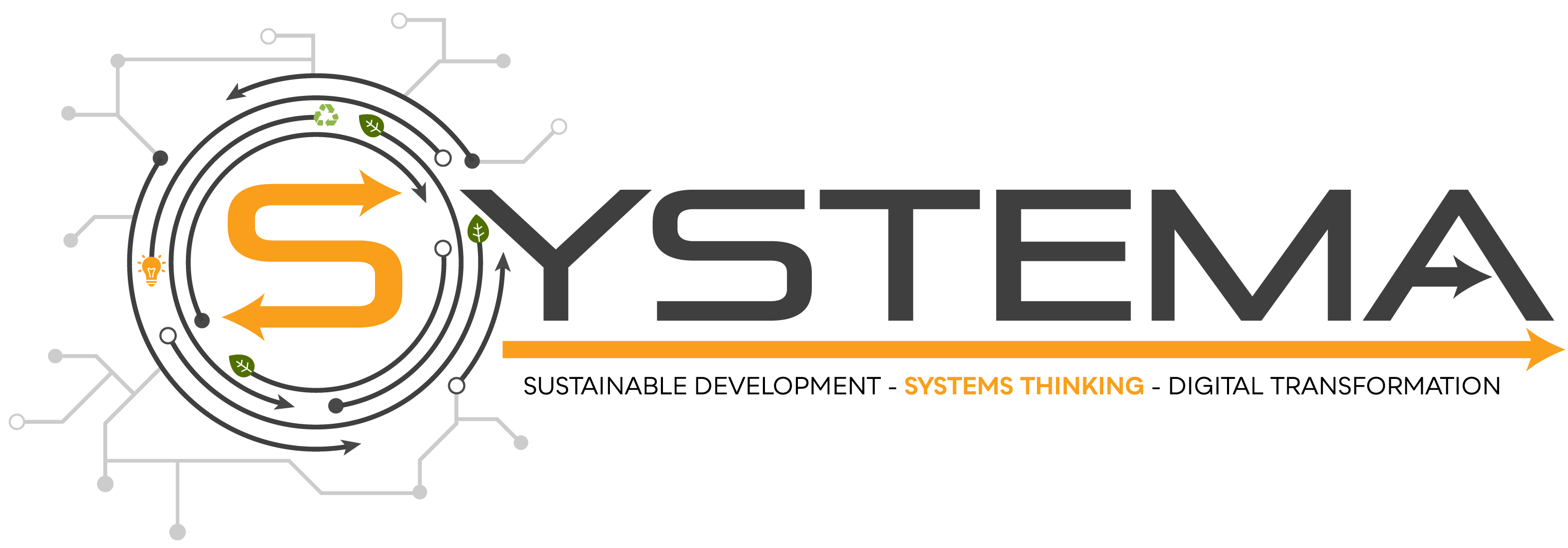(Voices of linear thinkers)
All big complex problems can be divided into smaller problems that are easier to solve.
In the face of great challenges, the best is to attack their many symptoms simultaneously, to obtain positive results in the shortest term, because in the long-term others or technology will solve the unresolved issues.
For each problem there is always a single best solution, and such a solution will have no other effects than the desired ones of solving the problem.
“Two tablets are twice as good”, that is solutions and problems are usually linearly related. Thus, if a solution does not work it is usually due to the limits of the resources dedicated to that solution, (if we had double the money, resources, or time, it certainly would have worked).
All these statements are often unspoken assumptions, or unaware expectations, and underlie the return of complex chronic problems. Senge was referring to that by saying “today’s problems come from yesterday’s solutions”.
We can consider a complex problem when it depends on a variety of factors, actors, values and processes or, in other words, when it is connected to several interdependent systems. Practically all social, economic, and environmental problems are complex, certainly all those related to sustainability.
The first statement above derives from a deterministic and reductionistic interpretation of reality, in which everything can be reduced to simpler parts. Many approaches to problem solving start from this assumption, especially when looking for the root causes of a problem in terms of a single root cause, or a triggering event that began the linear chain of causes and effects, until the problem emerges.
This is a common “event-oriented thinking”, by which perspective, everything can be explained by causal chains of events and the root causes are the events that start the chain of events (A and B). Differently, by means of a Systems Thinking perspective, the behavior of a system emerges from the structure of its feedbacks, and the root causes are not single knots, but the forces that emerge from particular feedbacks.

Figure 1 https://www.thwink.org/sustain/glossary/EventOrientedThinking.htm
So, when we try to understand or solve a complex problem by trying to break it down into simpler parts, we lose sight of the system that generated it as well as we lose sight of the root causes and the ability to identify systemic solutions.

Figure 2 Kauffmann, 1991
From an event-oriented thinking thought derives the second statement above, we are often tempted to consider unwanted events as symptoms to be treated, simultaneously, without asking ourselves what their root causes are. Urban traffic congestion and particulate air pollution are two examples of complex problems often addressed through linear thinking and symptomatic solutions (e.g. blocking traffic for a few days, or limiting internal temperatures in buildings to decrease heating).
In many cases the symptomatic solutions are however destined not to work, because the structures of the system that created the problem do not change, we tend to blame it on the "size" of the solution. Returning to the traffic problem, a common solution is to add a lane, then two, then three, if possible or complaining that it is not possible to build a fourth (which "surely would have solved the problem").
What usually happens with an additional lane is that the road becomes more attractive (perceived as faster), so more drivers choose it, after a while the same widened road becomes again busy and congested. The third sentence at the beginning must be changed into: “every solution has more than one consequence, beyond the desirable one of solving the problem”.

Figure 3 Kauffmann, 1991
Decision makers do not intend to worsen situations, they always have good intentions, but are often pushed by pressures for the effectiveness and speed of decisions and the efficiency of their systems. Linear thinking seems more efficient, but efficiency can be the enemy of sustainability.
The opposite of a linear thinking is the systems thinking; a term coined by Barry Richmond in 1987:
Systems Thinking is the art and science of making reliable inferences about behavior by developing an increasingly deep understanding of underlying structure.
Peter Senge (a senior lecturer at MIT) focusing on solving group problems using the systemic thinking method, identified 11 laws underlying systems thinking:
In the next short article, we will discuss how systems thinking is essential in defining any initiatives towards sustainability.

